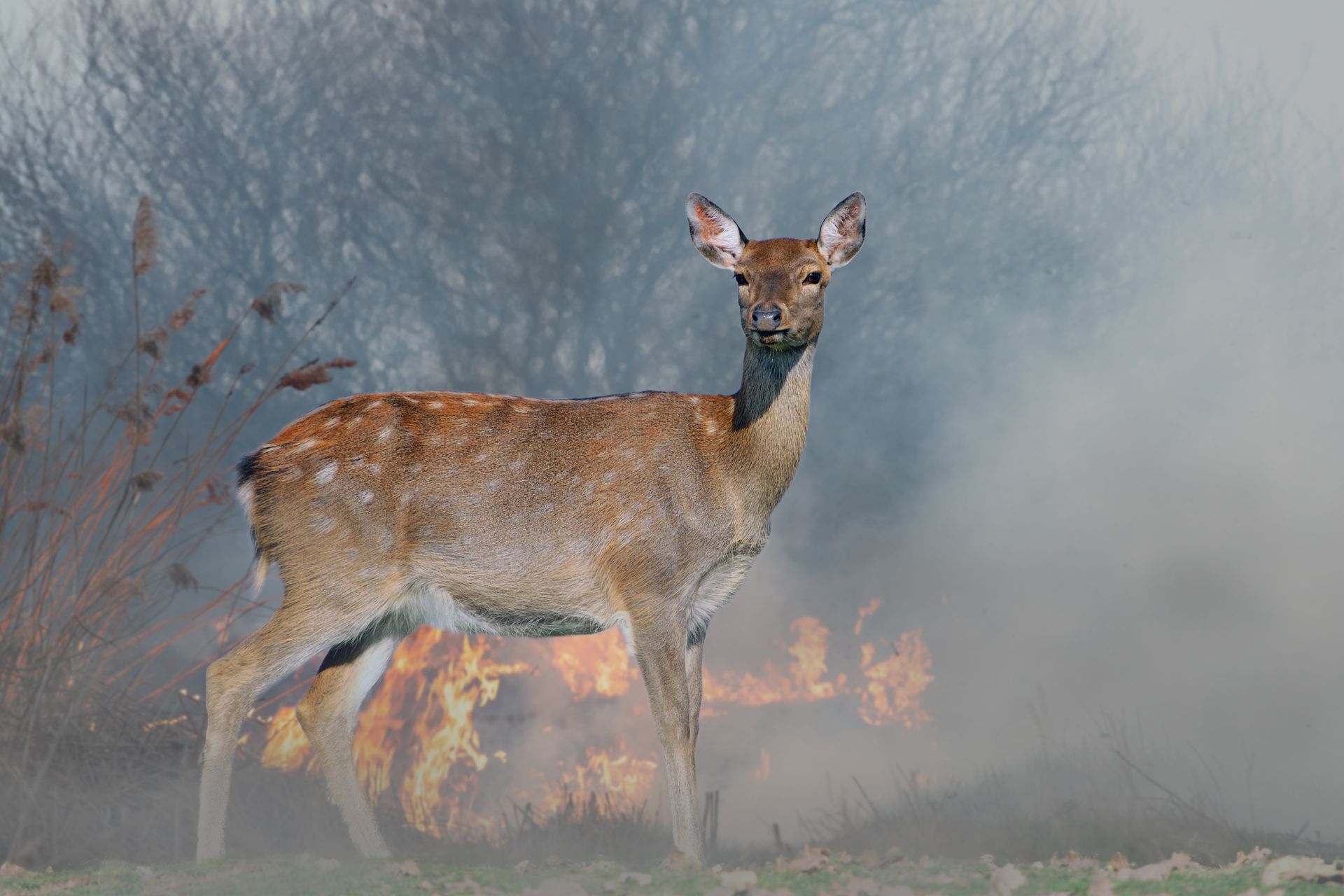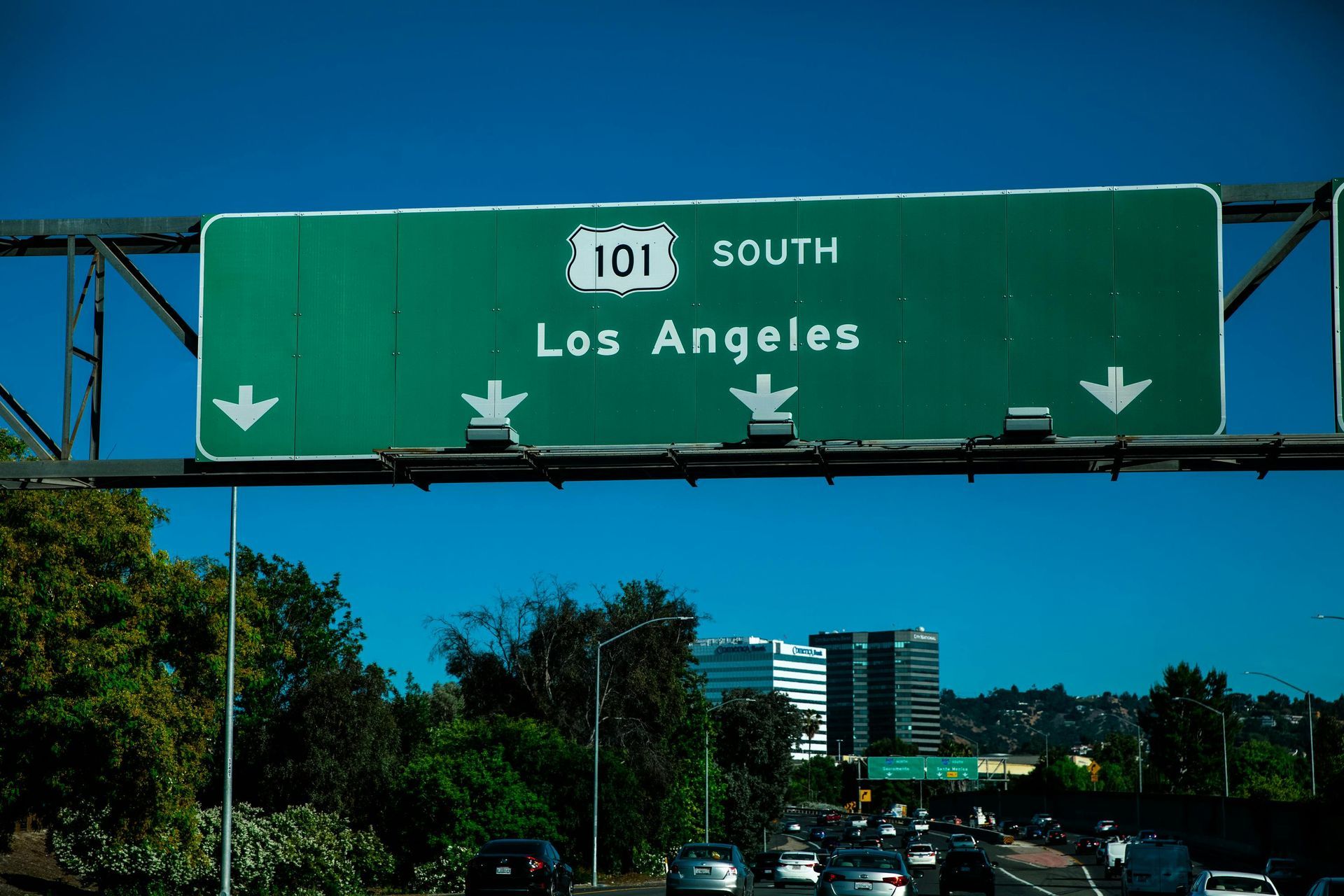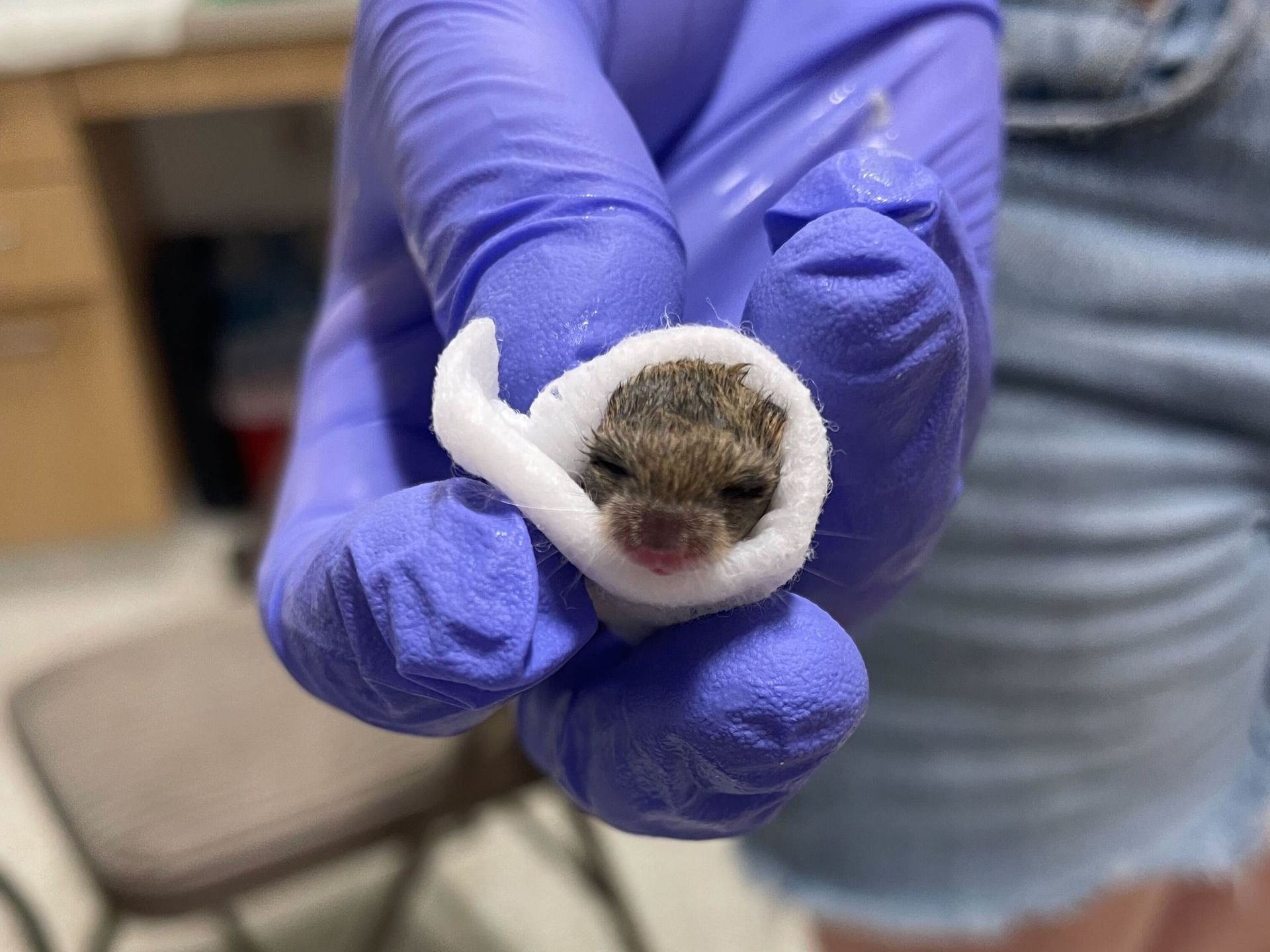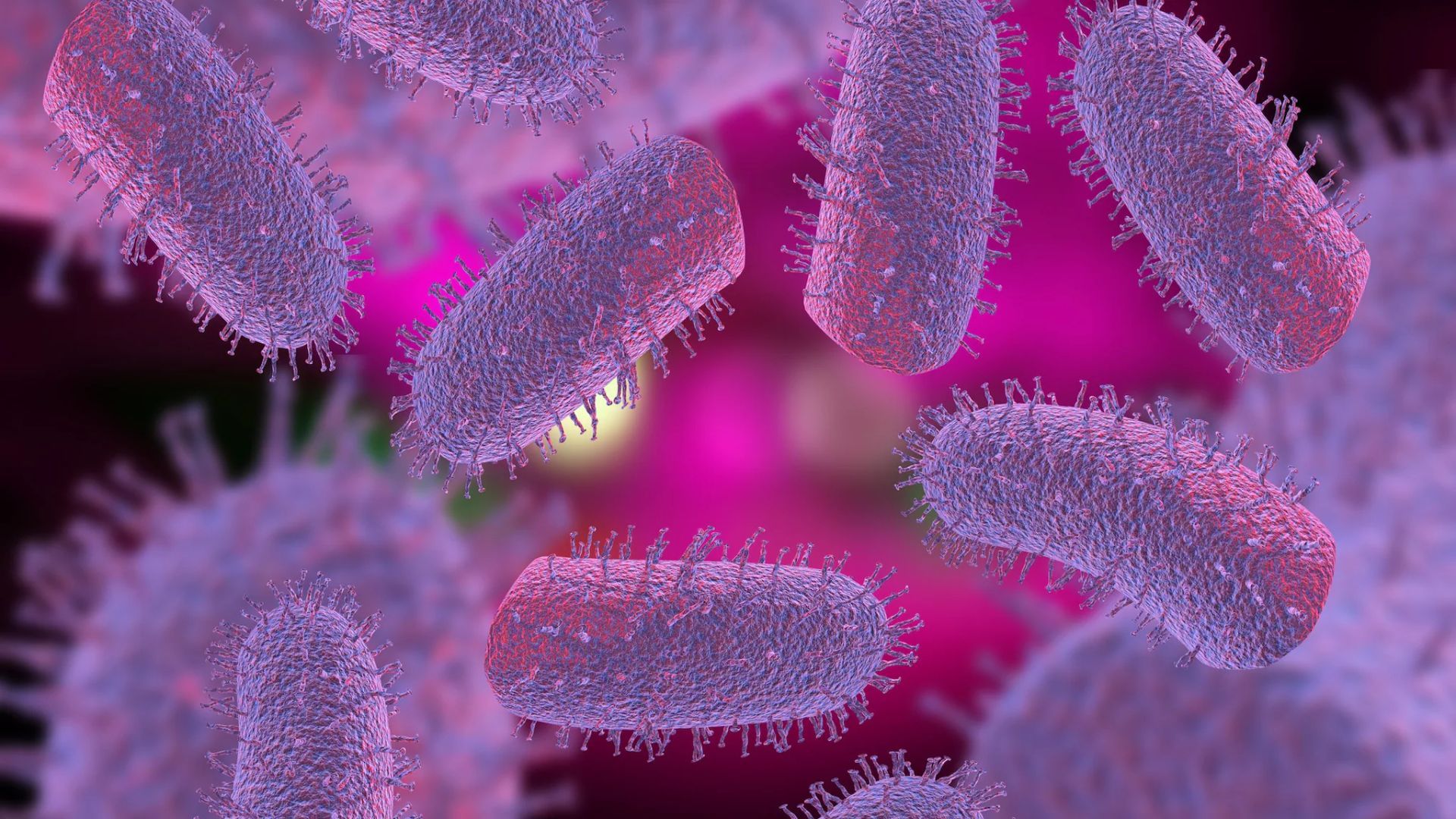Wildfires in Los Angeles don’t just affect people—they devastate local wildlife, leaving animals injured, displaced, and struggling to find food, water, and shelter. If you live near wildfire-affected areas, you can play a crucial role in helping wild animals recover—right in your own backyard.
Here are practical steps you can take on your property to support wildlife in the aftermath of wildfires.
1. Provide Natural Food Sources
Wildfires burn through food supplies, leaving animals hungry and desperate. You can help by:
- Planting native plants that provide berries, seeds, and nectar.
- Leaving fallen leaves and branches—they attract insects, which birds and small mammals rely on for food.
- Using bird feeders responsibly—offer natural seeds like sunflower or millet, and clean feeders regularly to prevent disease.
- Not feeding animals human food, which can be harmful and make them dependent on humans.
2. Make Your Yard Wildlife-Friendly
A fire-damaged ecosystem needs time to recover. You can create a safe and welcoming environment for animals by:
- Avoiding pesticides and herbicides, which can harm already vulnerable wildlife.
- Letting some areas grow wild—long grasses and native plants provide hiding spots and food.
- Keeping outdoor lights dim or off at night—bright lights can disorient nocturnal animals.
- Securing trash bins to prevent desperate animals from scavenging unsafe food.
- After a wildfire, keep pets closeby to not disturb wild animals that are actively fleeing the fire or searching for new habitat.
3. Prevent Future Wildfires
One of the most effective ways to protect wildlife is by reducing fire risks around your property:
- Clear dry brush and dead leaves to minimize fuel for fires.
- Trim low tree branches that could carry fire to the canopy.
- Store firewood and flammable materials away from structures and trees.
- Follow local fire safety laws—never leave open flames unattended.
Final Thoughts
You don't need to be a wildlife expert to make a difference--small actions at home can help wild animals recover after the LA Wildfires.






